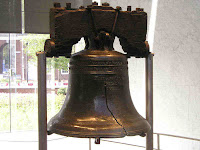The tiny fruit flies, or vinegar fly is often found around rotting
fruit and vegetables.
If you should forget to pick up a banana peel or an apple core, in a
few days you might see tiny, red-eyed flies which seem to have appeared as if
from nowhere, hovering over the rotting fruit.
These tiny creatures popularly called “fruit flies” or “vinegar
flies,” are almost always less than an eight of an inch in length and are
yellowish to black in color.
They fly about looking for rotting fruit and vegetables on which to
feed and to lay their eggs.
In just a short time, a number of female fruit flies can lay enough
eggs to produce a thousand new fruit flies. When the larvae, or young fruit fly worms, hatch from the eggs they
will feed on the decaying fruit, too.
In a few days the larvae will have changed into adult fruit flies
and will fly away, looking for more rotting fruit on which to lay their own
tiny eggs. - Dick Rogers






